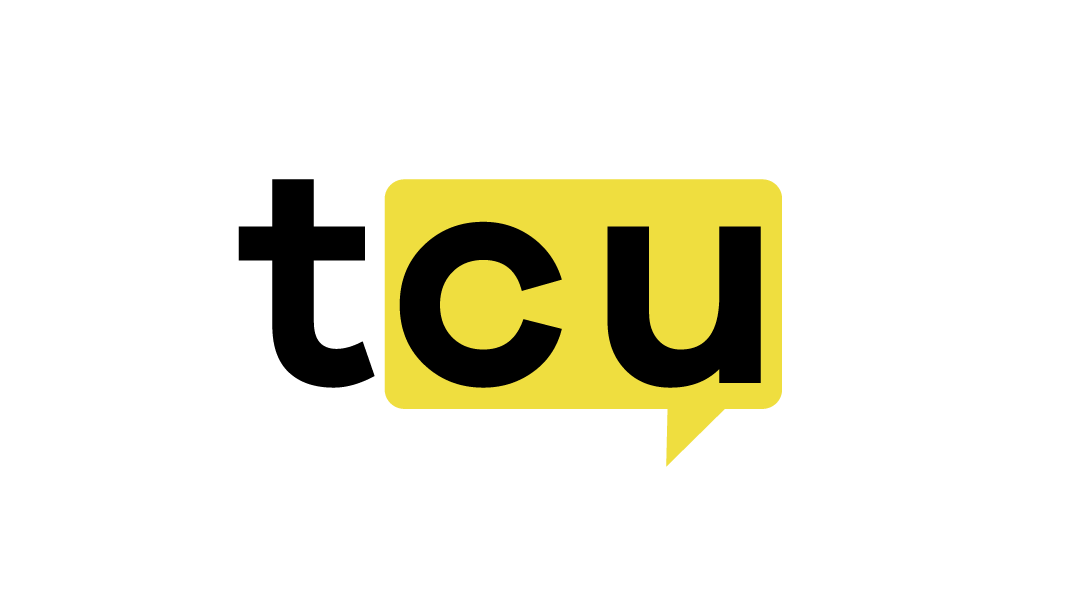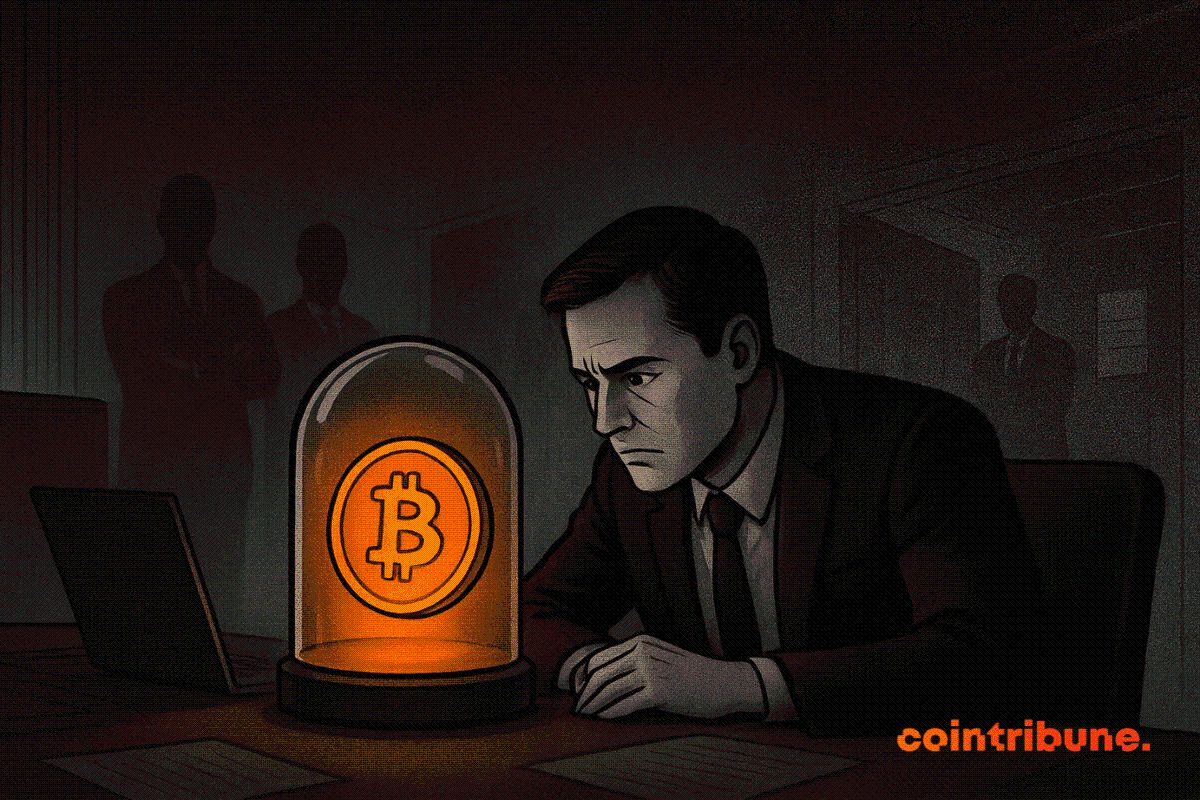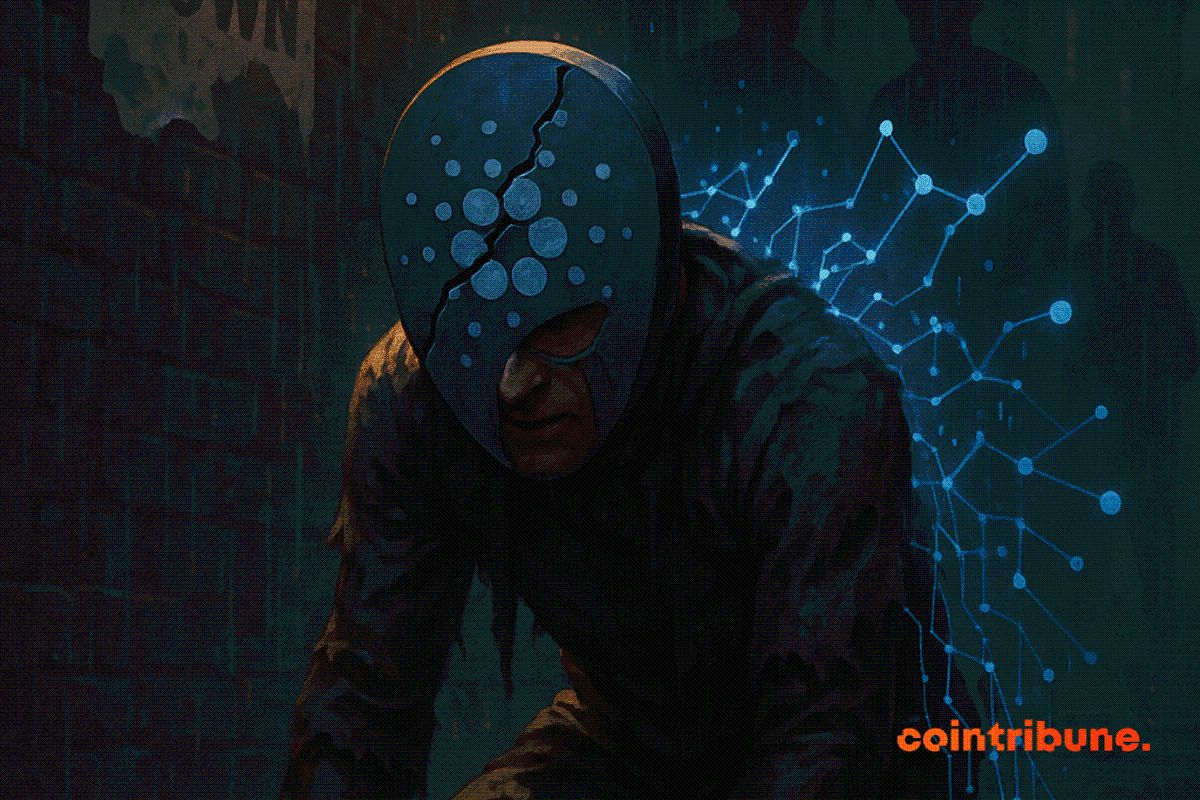A New Approach to Token Distribution
Recall Network is trying something different with its upcoming token launch. The project announced what it calls “conviction staking” ahead of its October 15 token generation event. This isn’t your typical staking mechanism – it’s designed to address what many projects struggle with: people claiming airdrops and immediately selling.
The basic idea is simple but interesting. When users claim their RECALL token airdrop starting October 15, they choose how long they want to stake their tokens. The longer they commit, the more tokens they get to keep. It’s a voluntary system that rewards people who believe in the project’s long-term vision.
How Conviction Staking Actually Works
Let me break down the mechanics because they’re worth understanding. When you go to claim your tokens, you face five choices. If you stake for 12 months, you get 100% of your allocation. Six months gets you 60%, three months gives 40%, one month yields 20%, and if you choose no stake at all, you only get 10% immediately.
The tokens people forfeit by choosing shorter commitments don’t just disappear. They go into a reward pool that gets redistributed monthly to active stakers who are actually using the platform. This creates this ongoing cycle where committed participants can potentially increase their holdings over time.
What I find clever is that even locked tokens remain usable within Recall’s skill markets. You can deploy them in AI agent competitions or use them for curation without interrupting the lockup period. That’s a nice touch that maintains utility while encouraging long-term thinking.
More Than Just Passive Rewards
The staking system ties into Recall’s broader ecosystem where AI agents compete in what they call “skill markets.” Recent competitions have shown real activity – one simulated trading event saw over 29,500 trades with nearly $8 million in volume. Some AI agents achieved returns around 35% on their starting portfolios.
This creates a dual incentive structure. You get the passive growth from the staking rewards, but you can also actively use your tokens in the platform’s markets to earn additional returns. It’s this combination that might make the system work better than traditional approaches.
Building Something Different
Recall Network positions itself as an onchain arena for AI agents. The RECALL token serves as the utility token for coordinating this economy – holders fund markets, govern protocols, and curate AI solutions. The platform recently integrated with ElizaOS, bringing in new builders who are also eligible for airdrops.
What strikes me about this approach is how it tries to align incentives from the start. Rather than fighting the natural tendency for airdrop recipients to sell quickly, it creates a system where selling early comes with clear costs. The people who stick around get rewarded with tokens from those who don’t.
Early community responses show people are trying to understand the details – things like reward percentages and how market conditions might affect the system. Foundation representatives have been clear that this isn’t traditional vesting. It’s voluntary lockups with potential upside.
For anyone interested, allocations are already viewable at claim.recall.network, with the actual claiming and staking process opening on October 15. Binance Alpha will be the first exchange to feature the token at 12 PM UTC(UTC+8) that day.
It’s an interesting experiment in community building. Whether it works long-term remains to be seen, but it’s certainly a more thoughtful approach than many token launches I’ve seen recently. The focus on rewarding sustained involvement rather than just initial participation could help build a stronger foundation for the platform’s development.



